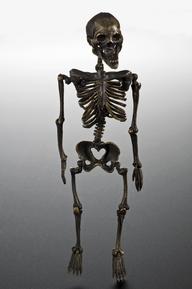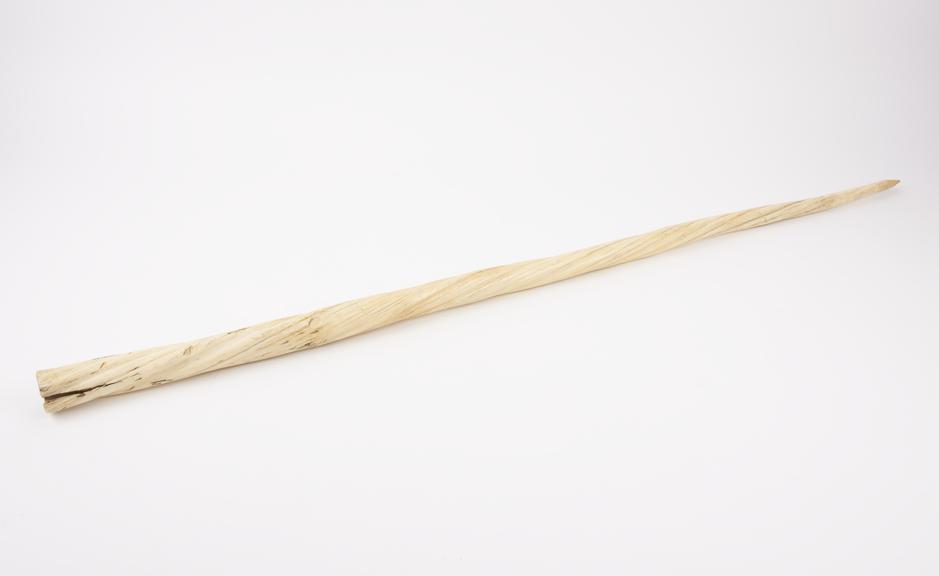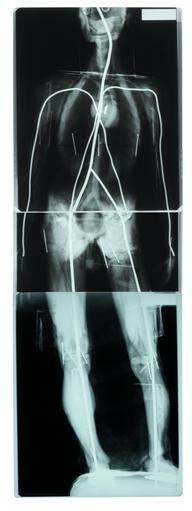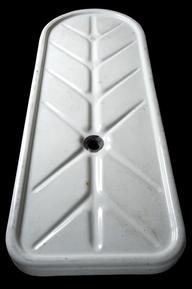

Narwhal tusk, 1701-1930
- Made:
- 1701-1930 in Arctic Ocean




Narwhal tusk, no provenance details, 1701-1930
This tusk is from a small toothed Arctic whale called a narwhal. Only the male of the species develops this twisted growth, which originally forms from a tooth. For centuries such tusks, which could grow several metres in length, were claimed to be from the mythical creature the unicorn. The horn of the unicorn was believed to have strong medicinal properties and could even counteract the effect of poisons. As powdered ‘unicorn horn’ was used in a number of different medical preparations these tusks became highly valued and the whales heavily hunted.
Details
- Category:
- Anatomy & Pathology
- Collection:
- Sir Henry Wellcome's Museum Collection
- Object Number:
- A676045
- Materials:
- ivory
- Measurements:
-
overall: 34 mm x 954 mm x 34 mm, 0.682 kg
- type:
- tusk




